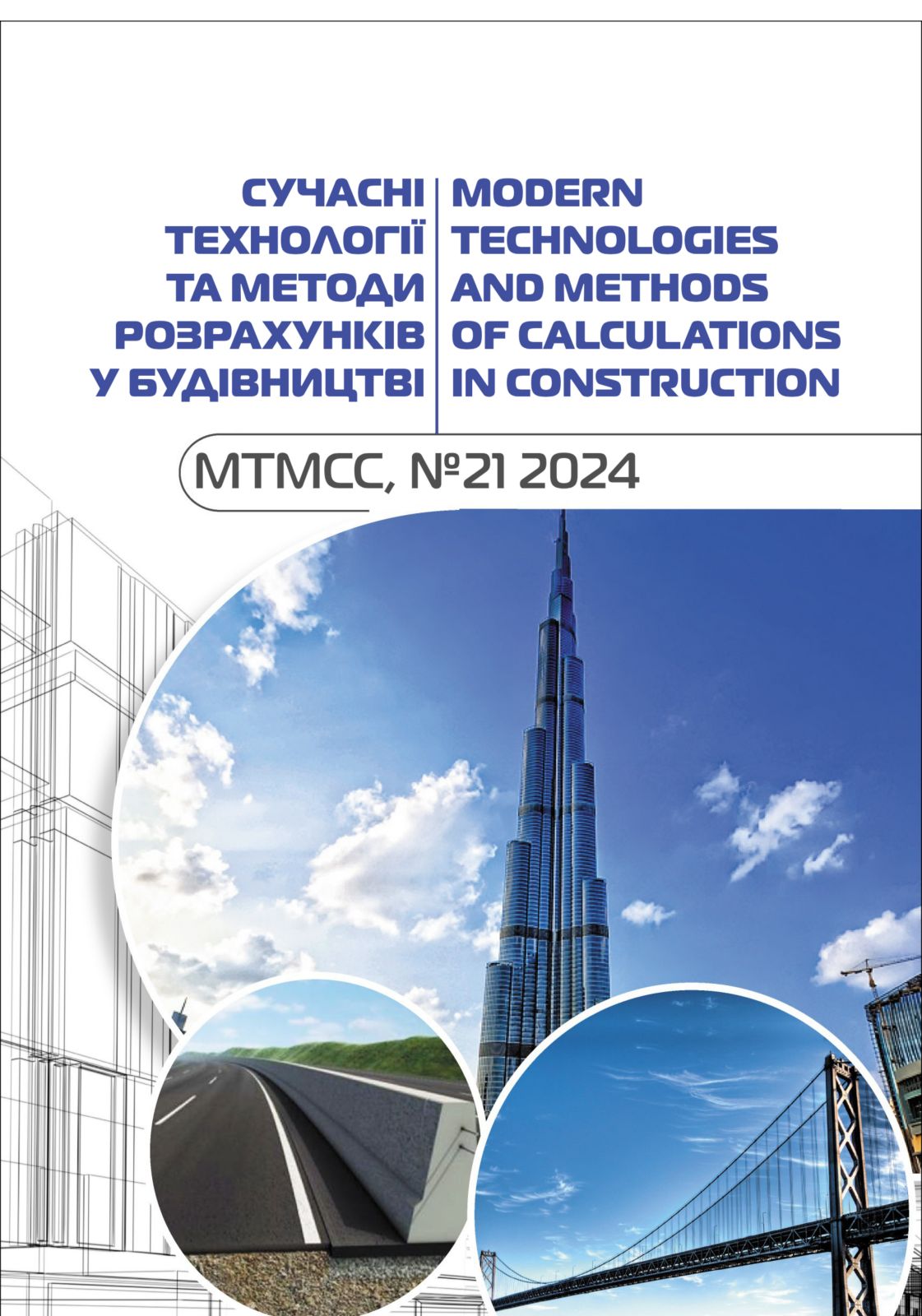Development of european NZEB standards and their implementation in Ukrainian building codes
Abstract
In order to fulfill the requirements of the Kyoto Protocol to reduce CO2 emissions by 8% by 2012 compared to 1990, including through improving energy efficiency and using renewable energy sources in buildings, the European Union developed Directive 2002/91/EC. It was adopted by the European Parliament and the Council of the European Union on December 16, 2002. Implementation by EU countries was to take place by January 4, 2006. The name of the document is the Energy Performance of Buildings Directive (EPBD).
Directive 2002/91/EC was replaced by the so-called “recast EPBD Directive” approved on 19.05.2010 and entered into force on 18.06.2010. It changed its name to “Directive 2010/31/EU” and focused on near-zero energy buildings, cost-effective minimum energy performance requirements, and improved policies. The original Energy Performance of Buildings Directive (EU/2010/31) was amended in 2018 as part of the Clean Energy for All Europeans package.
To implement the provisions of the Energy Performance of Buildings Directive No. 2010/31/EU in 2017, the Law on Energy Efficiency of Buildings was adopted, which introduced certification of buildings.
The link between the ideology of the Law “On Energy Efficiency of Buildings” and European Directive 2010/30/EU is to encourage systematic analysis of building certification and to identify specific recommendations for reducing energy consumption. According to this law, newly constructed and existing buildings must undergo energy efficiency certification to determine their actual energy efficiency performance. This includes assessing the compliance of these indicators with the established minimum energy efficiency requirements, as well as developing recommendations for improving the level of energy efficiency.








